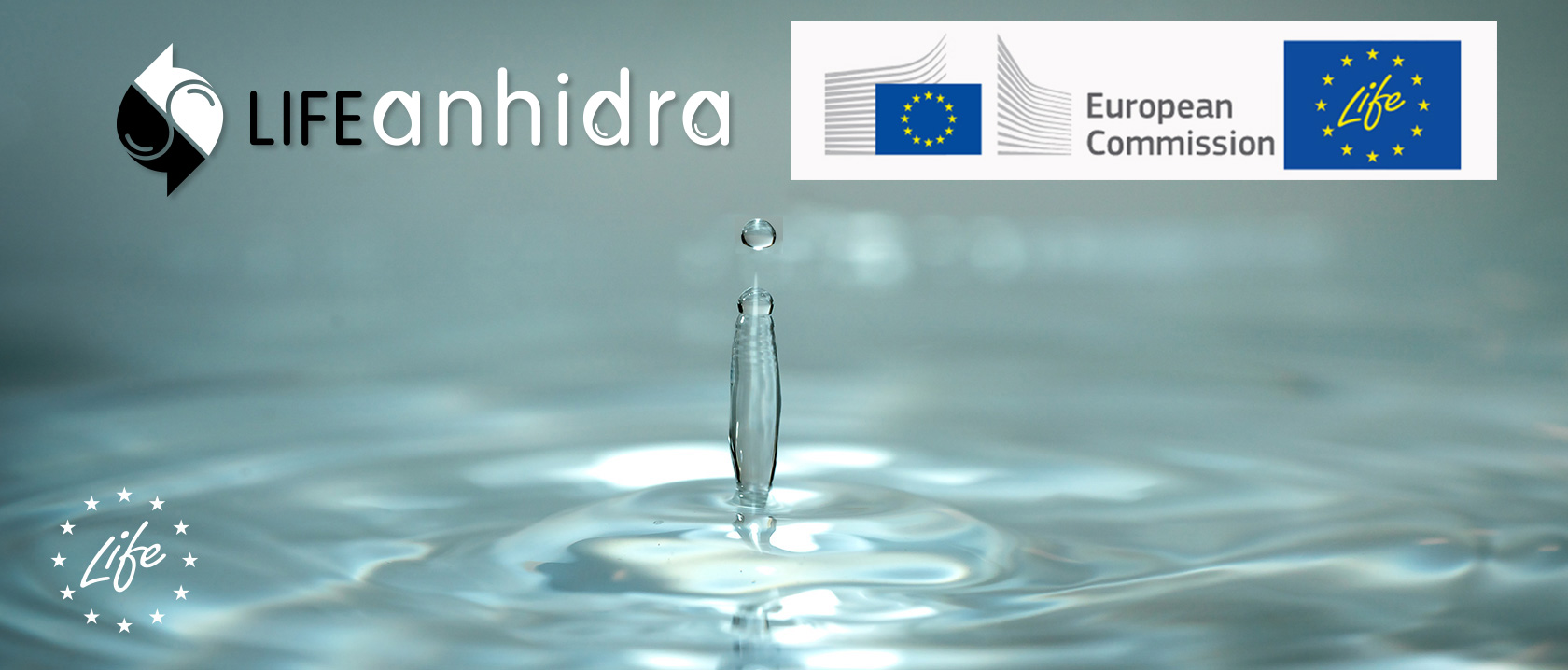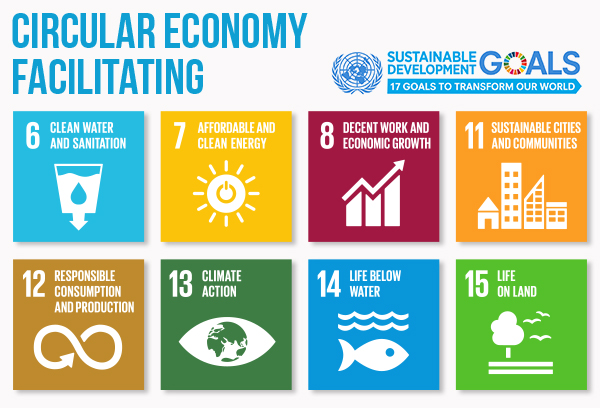Background
Water scarcity is one of the common negative effects of climate change. Many water bodies are at risk of failing to meet the aim of the EU Water Framework Directive (2000/60/EC) to achieve good status. In addition, wastewater discharges continue to be prominent pressures with respect to ecological and chemical status. The continuing presence of a range of pollutants in some of Europe’s freshwaters threatens aquatic ecosystems and raises concerns for public health. Over exploitation of resources gives rise to imbalances in water demand and availability and leads to ecosystem disruption.
Water scarcity affects at least 11% of the European population and 17% of the EU territory, mainly in Southern Europe. Around the Mediterranean, some 20% of the population lives under constant water stress and in summer, over 50% of the population is affected by water stress. Water Scarcity is no longer confined to a few corners of Europe and is fast becoming a concern across the EU. By 2030 water stress and scarcity will probably affect half of Europeans river basins. According to the Water Supply and Sanitation Technology Platform (WSSTP), the main problems of water European scenario are:
• Diffuse pollution: affects 90% of river basin districts, 50% of surface water bodies and 33% of groundwater bodies across the EU.
• Europe water demand: stabilise towards 2050.
• Water scarcity is already a serious problem in 11% of EU, grow to 30% in 2030.
• Increasing effects and costs (60%) of climate change due to floods and droughts.
Textile industry is an intensive water consumption industry with 93 billion of m3/year (4% of the total water consumption in the world). The dyeing and textile finishing are the processes most water consumption. Annually, more than 150 billion of garments are manufactured with wastewater (WW) production range of 17,5 – 50 billion of m3/year (19-56% of the total water consumption in the textile industry). Europe represents the 30% of the total textile manufacturing industry. This high demand of water resources should be reduced with technical solutions that makes this sector more sustainable, on the one hand by reducing the use of resources and, on the other hand, by decreasing chemical pollution generated.
More than 40 billion m3 of WW are treated in the EU every year but only 0.964 billion m3 of this water is reused (2.4%). Europe could use 6 times the volume of treated water that is currently used, but awareness of the benefits of this technology is low, and Europe still lacks an adequate supportive framework for water reuse. So, EC has published a proposal for a Regulation of the European Parliament and of the Council on minimum requirements for water reuse (28/5/18).


